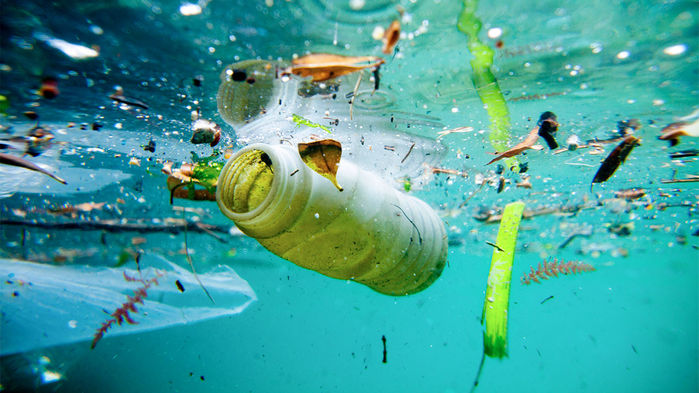Plastic is something very essential in our day to day lives today. Plastic can be manipulated to different shapes as it includes materials composed of many different elements such as carbon, hydrogen, oxygen, nitrogen, chlorine, and sulfur. Plastics typically
have high molecular weight, meaning each molecule can have thousands of atoms bonded together. But how many times can plastic be recycled? And is it possible for it to be continually recycled?
Answering the first question of how many times plastic can be recycled the answer depends on the type of plastic it is. There are 2 types of plastics: thermoset vs. thermoplastics. Thermoplastics are plastics that can be re-melted and remolded into new
products, and therefore, recycled. However, thermoset plastics contain polymers that cross-link to form an irreversible chemical bond, meaning that no matter how much heat you apply, they cannot be remelted into new material and hence,
non-recyclable. This non recyclable plastic can take up to thousands of years to decompose. The toxic chemicals used to manufacture plastic gets transferred to animal tissue, eventually entering the human food chain if not recycled and
left around. This starts off because plastic has fibres a bit like paper and every time they are recycled they are shortened.Plastics do not biodegrade. Instead they slowly break down into smaller pieces of plastic called microplastics
which just lay on top of the ocean water and don't decompose. Microplastics are very small pieces of plastic that pollute the environment. Microplastics are not a specific kind of plastic, but rather any type of plastic fragment that is
less than five millimeters in length according to the U.S. National Oceanic and Atmospheric Administration (NOAA). Plastics are made from various chemical formulas, including endocrine disrupting chemicals like bisphenol-A (BPA) and phthalates.
Some of these chemicals, including BPA and phthalates, can affect the brain, hormone system, reproductive system, and may contribute to cancer development(3). Most chemicals have not been thoroughly tested for their health effects. And
we know that some of these chemicals can leach into food and beverages, as well as contaminate air, dust, and hands. Most of the rest ends up in landfills where it may take up to 500 years to decompose, and potentially leak pollutants
into the soil and water. It’s estimated that there are already 165 million tons of plastic debris floating around in the oceans threatening the health and safety of marine life. In 2014, Americans discarded about 33.6 million tons of plastic,
but only 9.5 percent of it was recycled and 15 percent was combusted to create electricity or heat.
On the contrary other items like glass, steel, and aluminum are items that are easily obtainable and have a longer lasting time. These items can be recycled as many times as they want because of what their made off. Since glass is not made from hormone-disrupting
chemicals, like BPA or phthalates, these types of chemicals will not leach from the container into your food and drinks. So using more glass food and beverage containers helps protect the purity of your diet. Plastic is also more likely
to leach chemicals when heated, but glass does not. Aluminum can also be recycled an infinite amount of times. Aluminum is a element and when creating cans they add many things mainly bauxite. Since bauxite actually makes up around 45-60%
of aluminum oxide. This is generally better for the world because bauxite is something natural that all we have to do is mine it. Unlike plastic which is something unnatural which can’t be broken down all the time.



